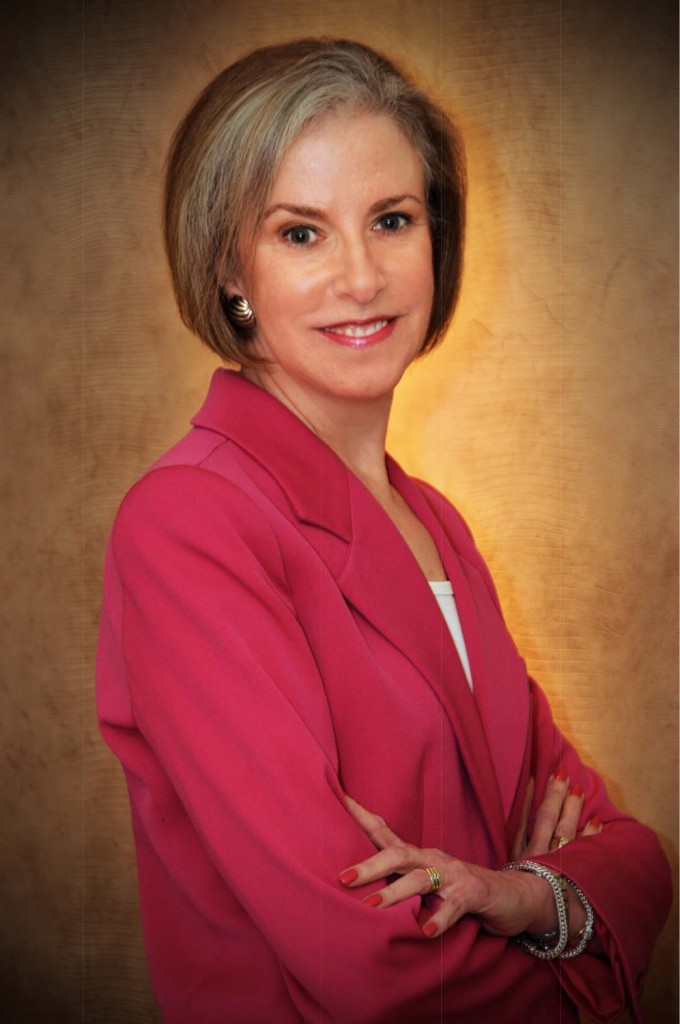If Dallas-Fort Worth finds itself short of construction cranes, Neal Sleeper and I can tell you where to find them; they’ve gone to the Kingdom of Morocco. We just returned from The Dallas Assembly trip to Morocco with 75 other Dallas folks, most of whom had never been there and knew very little about the country. What an impressive place!
The Dallas Assembly is a local civic group composed of community leaders who, every year, study a different city somewhere in the world. The list is quite diverse, and has included such cities as Boston, Paris, Havana, Seattle, Toronto, Cleveland, and Madrid. This year, we took on the entire country of Morocco.
Morocco is located in North Africa, bordered by Algeria, the Atlantic Ocean and Mediterranean Sea just about eight miles from Spain. It is approximately the size of Texas, but shaped more like California. It is a country of many contrasts, combining ancient and modern, Arab and Jewish, along with African, Berber, and European influences.
Our trip included meetings with government, business, and education leaders, arranged by Jim Falk, president and CEO of the World Affairs Council of Dallas-Fort Worth and Honorary Consul to Texas for Morocco. Of course, we did plenty of sightseeing and shopping, too. It all helped us form many impressions.
For those of us in commercial real estate, we couldn’t help noticing that construction is booming in all the major cities we visited (Rabat, Casablanca, Marrakech Essaouira, Ifrane, and Fez) as well as in much of the countryside. We saw massive new apartment, resort, retail and office projects under construction. So how is this happening when it appears that so much of the Middle East and Africa is unstable? It is all about the country’s unique form of government and its King.
Morocco’s popular King Mohammend VI ascended to the throne in 1999, after his father’s death. Since then he has led many substantial reforms, most notably, in 2004, with a new family code that gave women gender equality and, in 2011, a new constitution that gave a significant amount of his power to a prime minister elected by the Moroccan people. In addition, in 2004, Morocco signed free trade agreements with the EU and the United States, and it became a non-NATO ally.
The country has approximately 35 million people and is experiencing significant growth, due to its stability, diversity, and religious tolerance. The King is called the “Commander of the Faithful,” demonstrating its openness to different faiths. It has traditionally been an agricultural country, but with its shipping, growing tourism business (last year 10 million people visited), and companies like Renault opening an auto factory and IBM a major office, it is becoming an economic powerhouse and a staging ground for companies looking to expand to North Africa.
However, job growth will continue to be critical to provide employment for its youth.
So what observations did we take away from this progressive Islamic country?
• It was not unusual to see women walking together on the street in traditional as well as Western styled clothing.
• Women drive cars and hold key leadership positions in the government, education and business.
• The people speak a variety of languages, including Arabic, French, and various Berber dialects. English is considered the language of business and there is a major emphasis on teaching it.
• Education is very important. We saw new schools everywhere. Overall illiteracy is around 50 percent. There is a major effort underway to educate more girls, who have an illiteracy rate of nearly 75 percent.
• Transportation around the country is by bus, car, train, motorcycle, and donkey. It is not unusual to see along the highway the equivalent of a country “park-and-ride,” where donkeys are literally parked along the highway while their owners are shopping in the nearest town or village.
• We also saw small groups of stones piled one on top of the other along the highway serving as markers indicating property lines—their form of survey stakes!
• Like much of the United States, Morocco is experiencing a shortage of water. However, their water table has dropped in many areas due to construction of golf courses that cater to foreign tourists—one of the big tradeoffs for attracting visitors.
• Lastly, there is a huge renewable energy initiative focusing on solar and wind. Morocco is now building one of the world’s largest solar projects, with an estimated cost of $9 billion.
Right now there are no direct flights between Dallas and Morocco. But keep your fingers crossed. Talks are under way to start direct flights, which would be very positive for DFW, giving us even greater access to North and West Africa and other Mediterranean regions. With Morocco’s goal of achieving 20 million tourists by 2020, we could be a major stepping stone to the area.
Bottom line, do we recommend traveling to Morocco? Absolutely!
Neal Sleeper, president of Cityplace Co., contributed to this report. Eliza Solender is president of Solender/Hall Inc., a commercial real estate and consulting firm. Contact her at eliza@solenderhall.com.
This article was originally posted in DMagazine Commercial Real Estate

